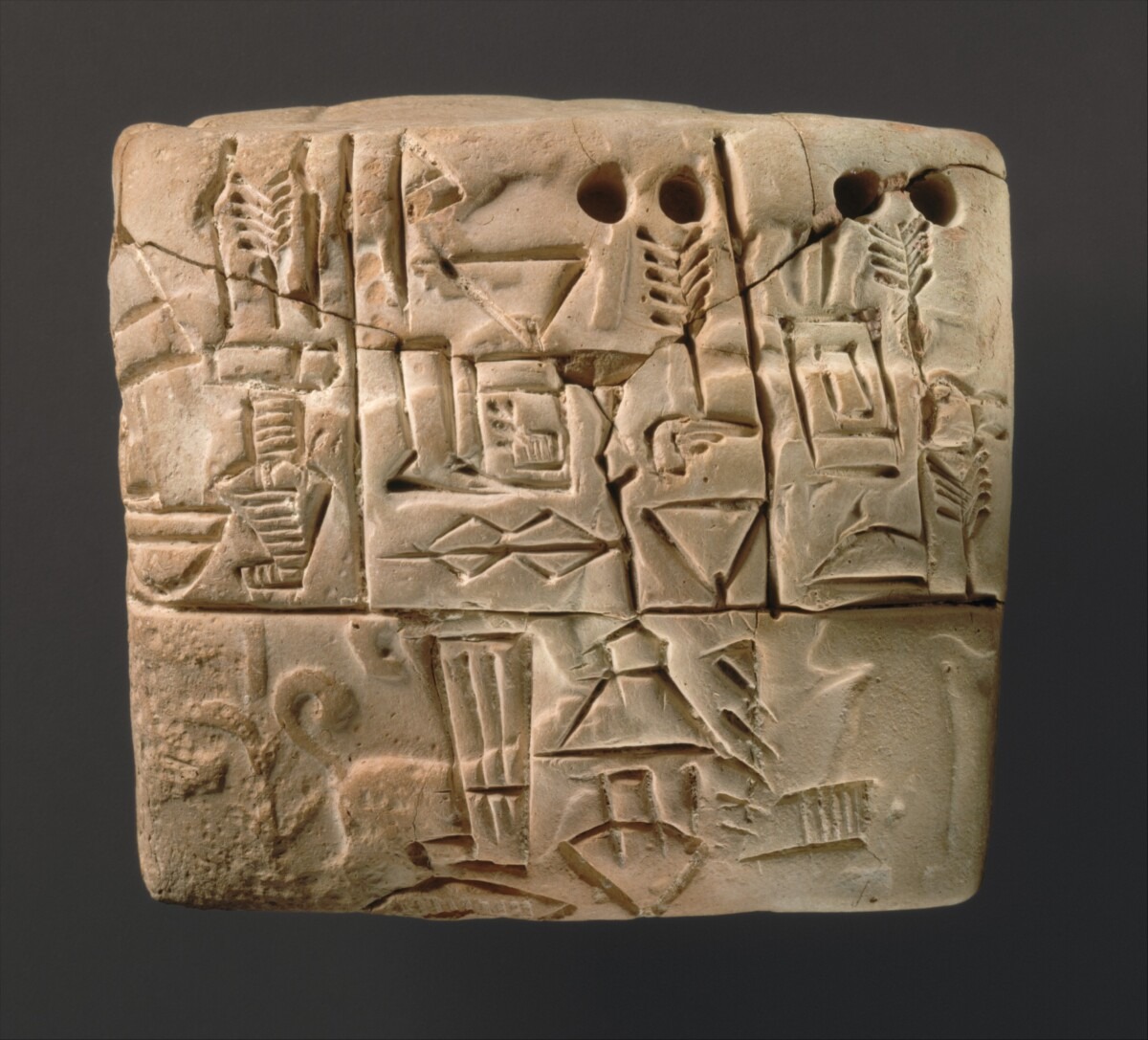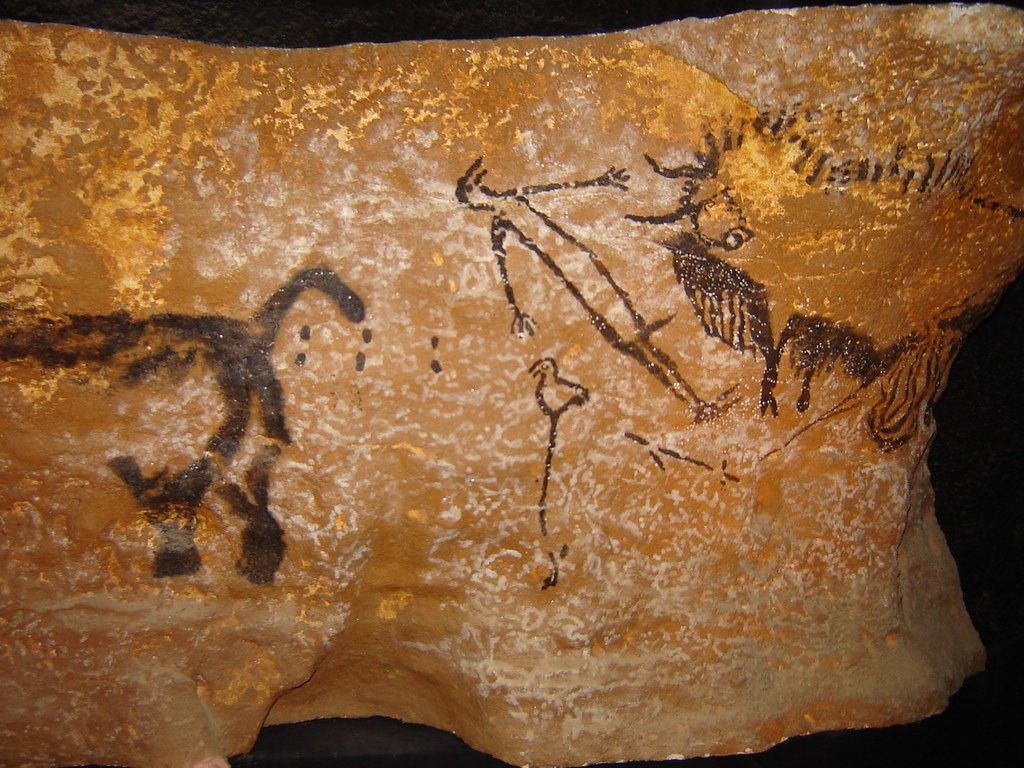AFTER 1000 CE Edition: The empirical, rational, and history filters are in chronological order by event. The rediscoveries filter switches to when modern humanity learned about them. Sometimes an event is the same for the first three and the rediscoveries filter, sometimes not.
A Timeline of Discoveries
Switch to Before 1000 CE Edition.
How we perceive an external world starts to become clear. A 30 Philosophers touchstone: Chapter 17, “Alhazen and the Senses.” Since Alhazen and his pioneering work around 1020 CE, we have made significant advancements in understanding our senses and perceptions. Prior to Alhazen, most people on Earth believed in magical light-emitting-flashlight eyes.
Hourglasses, also known as sandglasses or sand timers, were first used in the 14th century, although it is unclear exactly when they were invented. The earliest written reference to an hourglass dates back to the early 14th century in Europe, but they may have been used earlier in other parts of the world. Hourglasses were used as a reliable way to measure time, especially for tasks that required precise timing such as navigation at sea, cooking, and scientific experiments.
With the invention of the microscope, humanity became aware of the microworld which is defined as 1 to 1000 microns. A micron is equal to one thousands of a millimeter. A cell is about 10 microns wide. Paper is about 100 microns thick. The unaided human eye can see items as small as 50 microns, or about half the width of a piece of paper.
Scientists use three scales when talking about the biological world: the milliworld, microworld, and the nanoworld. The milliworld contains all visible items down to 1 millimeter and includes very small things such as ants, fleas, and grains of sand.
By 1640, the microscope was perfected to the point that allowed the introduction of the microworld to humanity. The microworld contains items with a diameter from 1 millimeter to 1 micrometer, or 1 micron. The microworld contains things like single celled organisms as well as the largest bacteria. By 1640, humanity started it’s introduction to trillions of organisms living everywhere including nearly everything you touch, in the ground, inside plants, and even inside humans. Humans host over 10,000 species of organisms in, on, and through the human body — known as the human microbiome. Every human no matter how clean you think you are is playing host to 10-100 trillion organisms. This fact gradually changed how every human on Earth views life.
The nanoworld which includes smaller bacteria as well as viruses, proteins, and molecules would have to wait for the invention of the electron microscope in 1931.
Note: The micron and micrometer are the same size, but you use microns (μ) when measuring thickness, and micrometers (μm) when measuring the distance between things. So you can say a cell is 10 microns wide, or you can say the diameter of a cell is 10 micrometers. The term nanomicron, which would be equal to a nanometer, is not currently in regular use.
Invented by Newton in the 1660s (pub. 1687) and independently by Leibniz in the 1680s (pub. 1684). Both built on Galileo’s popularizing the idea of the infinitesimal.
Calculus, the mathematical study of continuous change, introduced the concepts of differentiation and integration, providing tools to model and analyze motion, growth, and the infinitesimal. Newton, working primarily in England, utilized calculus to formulate his laws of motion and gravitation, fundamentally altering our understanding of the physical universe. Simultaneously, Leibniz developed a similar set of mathematical tools, contributing a notation system that remains in use to this day. He introduced the integral sign (∫) and the differential operator (d), foundational in calculus for representing integration and infinitesimal changes, respectively. His “dy/dx” notation for derivatives elegantly describes rates of change, all of which remain central to calculus today.
In 1905, radiometric dating was discovered. It is a method used to date rocks and other objects based on the known decay rate of radioactive isotopes. This technique is used to date rocks. Paleontologists regularly order discoveries in chronological order and estimate their age. Knowing the age of rocks allows paleontologists to assign known values to rocks and fossils to firm up the known historical calendar.
Starting in 1931 with the invention of the electron microscope, the nanoworld became visible to us. The nanoworld contains items as small in diameter as 1 micrometer (1 micron) to a diameter 1,000 times smaller, a diameter of 1 nanometer. The nanoworld includes the smallest single celled organisms, the smallest bacteria as well as viruses, proteins, and molecules.
Note: The virus was discovered in 1892 through scientific experiments and first seen in the 1930s.
In 1946, Willard Libby created the method for dating organic materials by measuring their content of carbon-14, a newly discovered radioactive isotope of carbon. This dating technique provides objective age estimates within a few decades for carbon-based objects that originated from living organisms.
The ancient site of Çatalhöyük was not continuously known through historical records and was rediscovered in the modern era. It was first excavated by James Mellaart in 1958, who conducted major excavations between 1961 and 1965. These excavations revealed a wealth of information about Neolithic life and brought significant attention to the site. Its discovery significantly expanded understanding of Neolithic societies, particularly their complex architectural and social structures. The extensive preservation of buildings, artifacts, and art at Çatalhöyük has provided critical insights into early urban development, making it one of the most important archaeological sites for studying prehistoric human society.
In 1975, Italian archaeologist Paolo Matthiae and his team unearthed the remarkable Library of Ebla at Tell Mardikh, Syria, revealing a trove of around 20,000 clay tablets and fragments. This discovery dramatically expanded our understanding of ancient Near Eastern civilizations, introducing Eblaite as a previously unknown Semitic language and providing unprecedented insights into the culture, economy, politics, and diplomatic relations of Ebla. The tablets’ contents, ranging from administrative records to diplomatic correspondence and literary texts, have offered scholars a unique window into the early Bronze Age, highlighting the sophistication and interconnectedness of ancient societies. The rediscovery of the Ebla library stands as a milestone in archaeological and historical scholarship, underscoring the complexity of human civilization in the third millennium BCE.
It’s clear: neanderthals created art. The discovery of cave paintings in Spain, dated to over 64,000 years ago, marked a profound shift in our understanding of Neanderthals. This corrected the longstanding perception that Neanderthals lacked symbolic thought and artistic expression. To learn more, check out Beyond Human Bias: Reassessing Neanderthal Intelligence.
The groundbreaking discovery that humans were making bread 14,000 years ago, before the advent of agriculture, was published in 2018. Since grain is easy to grow, does this suggest agriculture might have started a few thousand years earlier? Under study, but the discovery of bread-making from around 14,000 years ago indeed suggests that humans were experimenting with grains before the widespread adoption of agriculture, which is traditionally dated to about 12,000 years ago with the Neolithic Revolution.
Researchers analyzing charred food remains from a Natufian hunter-gatherer site called Shubayqa 1 in northeastern Jordan found evidence of bread-like products. This finding was significant because it pushed back the earliest known use of cereal grains and highlighted the complexity of pre-agricultural human societies. The study, revealing the preparation and consumption of bread from wild cereals, provided crucial insights into the dietary habits of Natufian societies and offered new perspectives on the transition to agricultural life.
Back to Before 1000 CE Edition.













